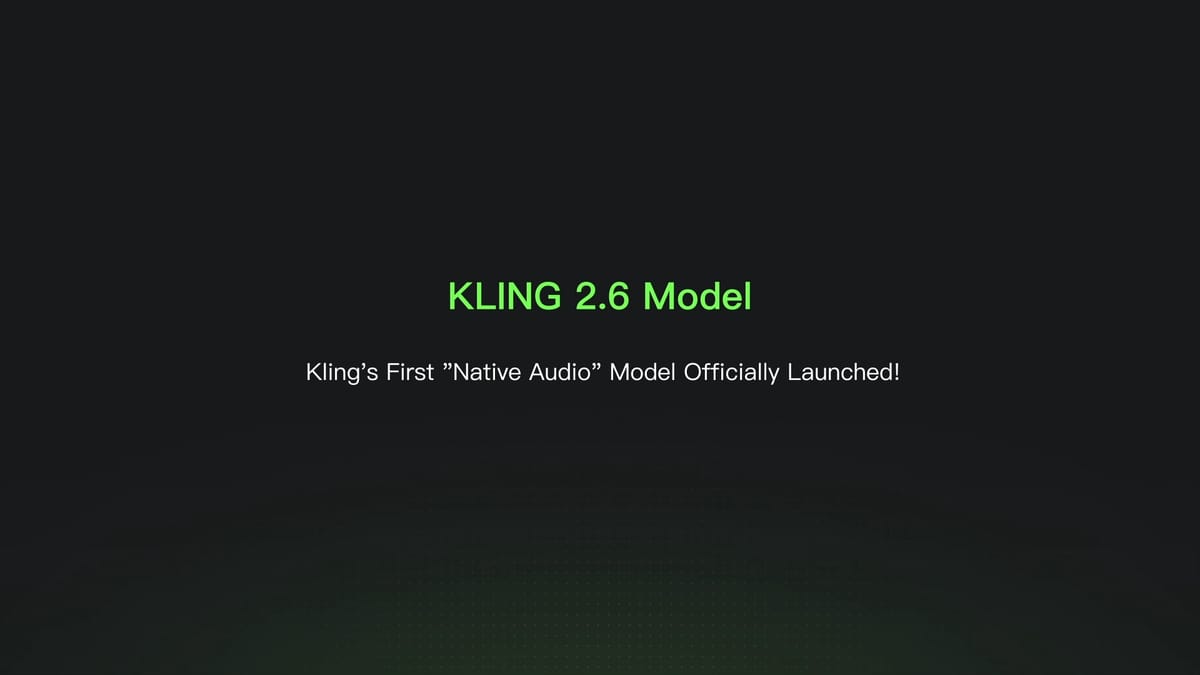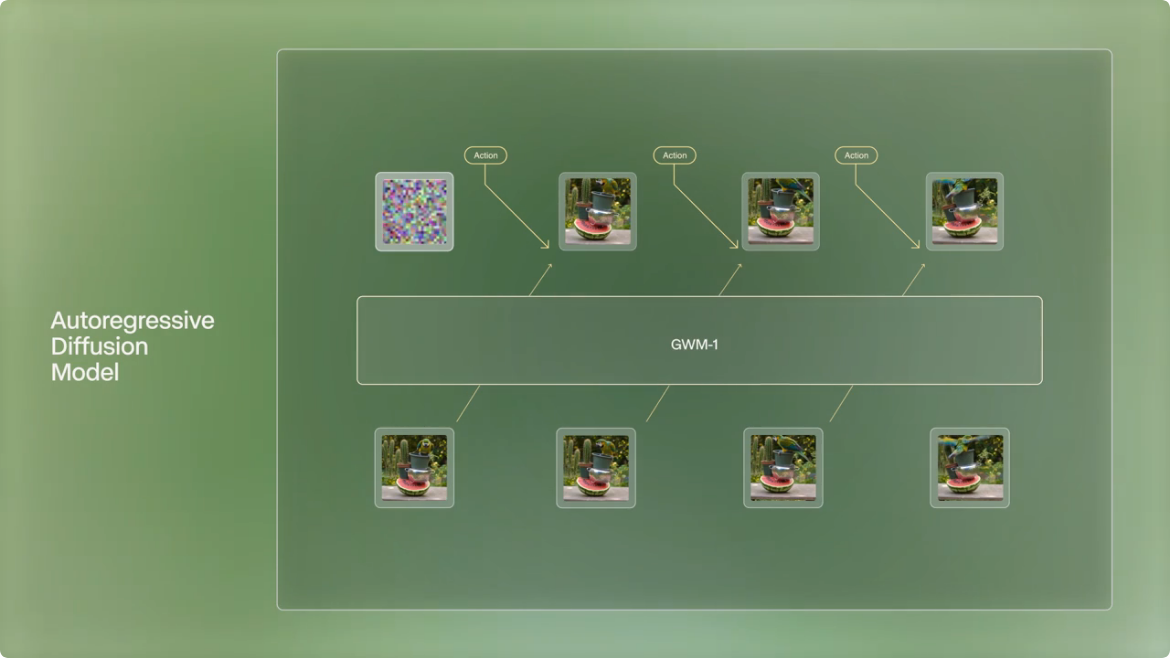AI Demo Jam is a new event series organized by Dnipro VC together with Data Phoenix. On March 20, six AI startups presented their products live during the first AI Demo Jam. In this video, you'll see the demo from XNODE.
XNODE: AI-powered B2B SaaS platform simplifying enterprise AI adoption with secure, scalable automation for businesses.





